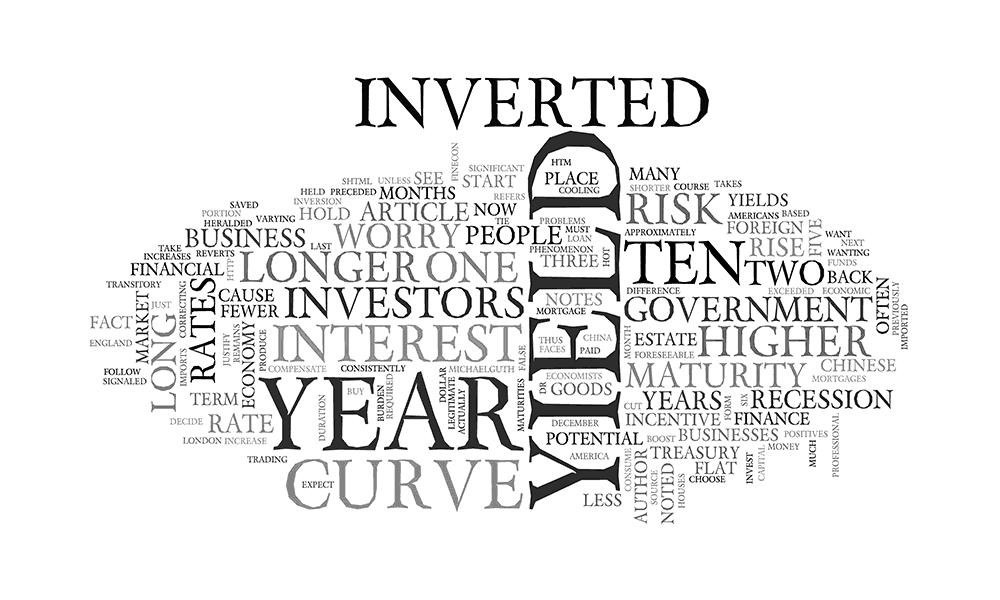Due to the duration risk of holding assets over time, a normal yield curve shows that bonds with a longer maturity have a higher yield and pay more interest than short-term bonds. Investors usually demand higher rates of return if their money is invested for a more extended period.
An inverted yield curve occurs when long-term yields fall below short-term yields. Under these circumstances, investors will settle for lower returns associated with low-risk long-term debt if they think the economy will enter a recession soon.
Shorter-dated securities are more sensitive to interest rate changes, whereas longer-dated securities are sensitive to an investor’s willingness to participate in the bond market during an increasingly inflationary period. Higher inflation equates to higher borrowing costs and stifles the bond market.
The yield curve bases on Treasury bond performance and an inverted yield curve historically link to economic recessions. The spread on yields between U.S. two-year and U.S. ten-year notes inverts for the first time since 2007. An inverted yield curve for U.S. Treasury bonds is the most consistent indicator of a recession and signals to investors a recessionary period is approaching or is already underway. Since 1950, an inverted yield curve has preceded a recession signaling trouble ahead for Wall Street.
What’s to be expected when an inverted yield curve occurs?
- If the inverted curve lasts month over month, the electronic trading systems absorb the data creating daily market reporting panic. The panic occurs on one day or over several days.
- Market sell-offs the day the inversion occurs, but a market downturn’s worst effects tend to happen months or even years after.
- Investors in long-term fixed-income see reduced yields for longer-term investments signaling concern for market volatility as more investors move into short-term bonds.
- Other metrics negatively impacting include the unemployment rate, wages, new home starts, Gross Domestic Product (GDP), consumer confidence, and increasing consumer debt.
- During an inverted yield curve, companies have a hard time finding affordable lending to fund operating or expansion, and consumer borrowing costs rise while consumer spending wanes.
Although an inverted yield curve usually signals a recession in the upcoming months, there is no indication of duration and how the U.S. economy or your investments will be affected. If you’re approaching retirement, it’s imperative to consider how your fixed-income investments will fare and if it is time to consider others. If the stock market declines, drawing from fixed-income investments until the market rebounds will be essential for your portfolio’s preservation. Contact us for a portfolio review today!




